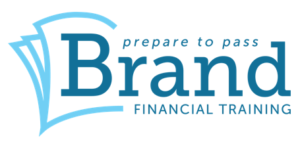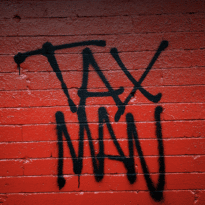In this month’s article the Band Financial Training team delve into the pensions tax landscape and ask what politically-driven changes may be in the pipeline.
Anyone who knows anything about the financial services industry will know that there have been a few rather important changes from a tax perspective over the last 12 months. To date, the biggest ones have focused on the decumulation end.
There has been speculation, however, that the accumulation stage might be next on the agenda, particularly if the Labour party wins the coming general election.
To recap briefly on how tax relief works, there are essentially two types. The first is the net pay method which can be used with occupational schemes. With this, rather counter-intuitively, the payment is simply deducted from the worker’s gross salary before tax and the income tax payable is simply deducted from the net amount.
The second method of providing tax relief is the relief-at-source method. This is used for personal pensions and a net amount is paid into the pension, for example £800. The payment will then be grossed up by 20% to allow for basic rate tax relief, so a further £200 will be added, which is usually claimed by the provider from HMRC within a few weeks of the payment being made.
Basic rate tax relief is allowable even where the individual contributing is a non-taxpayer, so long as the total gross payment after addition of tax relief does not exceed their relevant UK earnings. This term basically means earnings eligible for pension contribution such as salary, bonus, commission, overtime or self-employed earnings.
Higher or additional rate taxpayers are eligible for an additional 20% or 25% tax relief. This would be claimed either via their tax return, or where the individual does not need to complete a tax return, by contacting their local HMRC office to request reimbursement. In the example above, this would mean that a further £2,000 or £2,500 would be repaid to the individual by HMRC. This would mean that for their £10,000 gross contribution, they have only really paid £6,000 or £5,500 depending on their tax rate.
In some cases, it is possible to save tax at the rate of 60%. For those who are earning over £100,000, the personal allowance of £12,570 is withdrawn at a rate of £1 for every £2 for which they exceed that level, meaning that those earning over £125,140 have no personal allowance left.
For such people, significant pension contributions are even more attractive. In an interesting quirk of the system, it may even be worth exceeding the annual allowance in order to make contributions. The annual allowance excess tax charge is levied at the rate the income would have been taxed at, which for someone earning £100,000-£125,140 is 40%. However, the tax charge does not reflect the reinstatement of the personal allowance, which means that the individual is effectively sacrificing 40% to gain 60%. A worthwhile endeavour indeed.
There have long been comments about potential reform of the tax relief on pension contributions and what exactly it may look like. Pension contribution tax relief is becoming increasingly expensive for the treasury. It would be even more so if everyone claimed what they were entitled to. Figures produced last year estimate that approximately £1.3 billion went unclaimed between 2016/17 and 2020/21. In many cases this was because people didn’t know how to claim it or were not aware that they needed to. All of which serves to highlight the benefits of using a professional adviser.
One option would be to limit tax relief on pension contributions to the basic rate of 20% as has been done with interest tax relief on rental properties. Another would be to introduce a flat rate of, say, 30% regardless of tax status, which would appease those on the left of the Labour party who feel that the current system is regressive.
It remains to be seen what, in any, changes will be introduced. A new government may justifiably feel that there has been enough tinkering with the pensions landscape in recent years and opt to defer any more changes. However, it is an unpredictable time for those looking to take R04 or J05 with the goalposts potentially on the move once more.
About Brand Financial Training

Brand Financial Training provides a variety of immediately accessible free and paid learning resources to help candidates pass their CII exams. Their resource range ensures there is something that suits every style of learning including mock papers, calculation workbooks, videos, audio masterclasses, study notes and more. Visit Brand Financial Training.




























